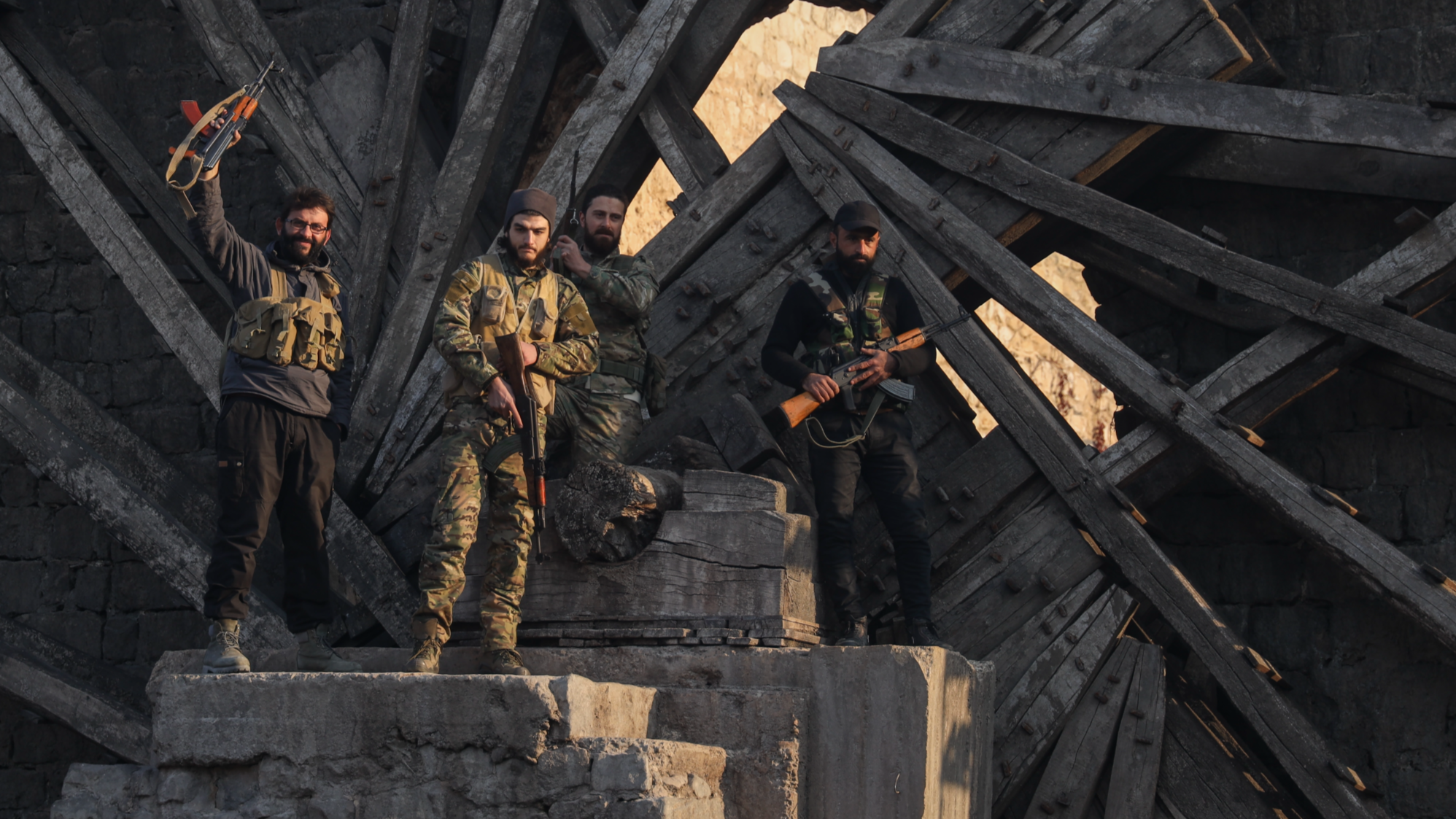
BEIRUT/AMMAN - Thousands of people fled the central Syrian city of Homs overnight and into Friday morning, a war monitoring group and residents said, as rebel forces sought to push their lightning offensive against government forces further south.
The head of the Syrian faction leading the sweeping assault told CNN that his group - a former Al-Qaeda affiliate now known as Hayat Tahrir al-Sham (HTS) - aimed to "build Syria" and bring Syrian refugees back home from Lebanon and Europe.
It was Abu Mohammed Al-Golani's first interview since his group began seizing territory from Syrian President Bashar al-Assad's forces on Nov 27. Rebels have captured two major cities so far and are now thrusting toward Homs, a key crossroads city linking the capital Damascus to Assad's coastal heartlands.
READ MORE: Soldier killed as Israel strikes Damascus, military site near Homs
After years locked behind frozen front lines, the insurgents have burst out of their northwestern Idlib bastion to reel off the swiftest battlefield advance by either side since a street uprising against Assad mushroomed into civil war 13 years ago.
Assad regained control of most of Syria after his key allies - Russia, Iran and Lebanon's Hezbollah group - came to his support. But all have recently been diverted by other crises, giving Syrian Sunni Muslim militants a window to fight back.
Hezbollah sent a small number of "supervising forces" from Lebanon to Syria overnight to help prevent anti-government fighters from seizing the strategic city of Homs, two senior Lebanese security sources told Reuters.
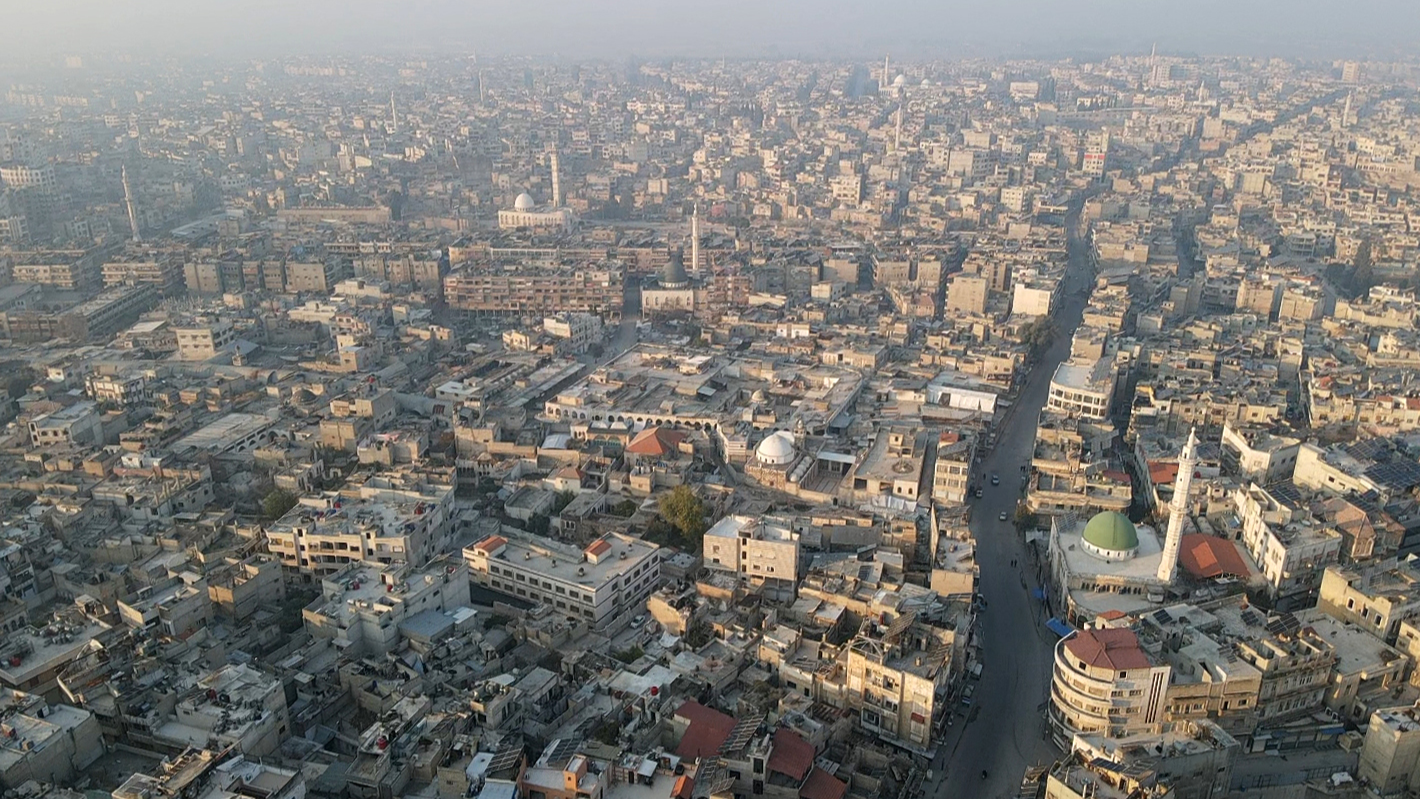
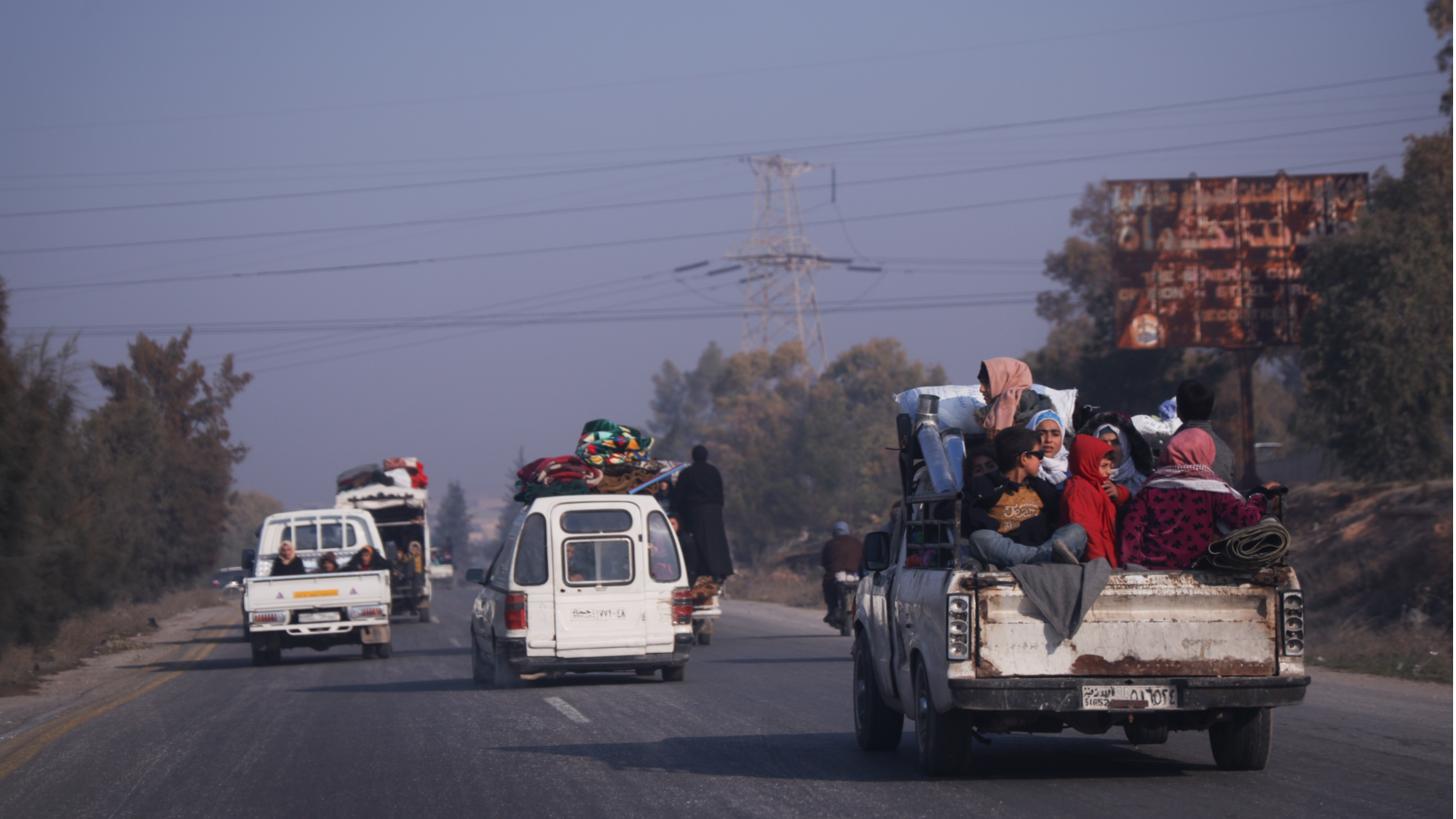
A Syrian military officer and two regional officials close to Teheran also told Reuters that elite forces from Iran-backed Hezbollah had crossed over from Lebanon overnight and had taken up positions in Homs.
Hezbollah has suffered major blows in its war with Israel in Lebanon, which assassinated some of its top leaders.
Meanwhile, the rebels said they had taken over the towns of Talbisa and Rastan, bringing them within miles (km) of Homs.
In another alarming development for Assad, the head of the US-backed Syrian Kurdish force said the radical Islamic State (IS) group, which ran a reign of terror in large swathes of Iraq and Syria until it was defeated by a US-led coalition in 2017, had now taken control of some areas in eastern Syria.

"Due to the recent developments, there is increased movement by Islamic State mercenaries in the Syrian desert, in the south and west of Deir Al-Zor and the countryside of al-Raqqa," Mazloum Abdi told a press conference, referring to areas in the east of the country.
Flight from homs
The Syrian Observatory for Human Rights, a UK-based monitoring group, said thousands of people had begun fleeing from Homs on Thursday night towards the Mediterranean coastal regions of Latakia and Tartus, strongholds of the government.
A coastal resident said thousands of people had begun arriving there from Homs, fearing the rebels' rapid advance.
Wasim Marouh, a resident of Homs city who decided not to leave, said most of its main commercial streets were empty and only a few grocery shops were open as pro-government militia groups were roaming the streets.
Thousands of families rushed out of the city overnight and traffic jams held up cars for hours, he said.
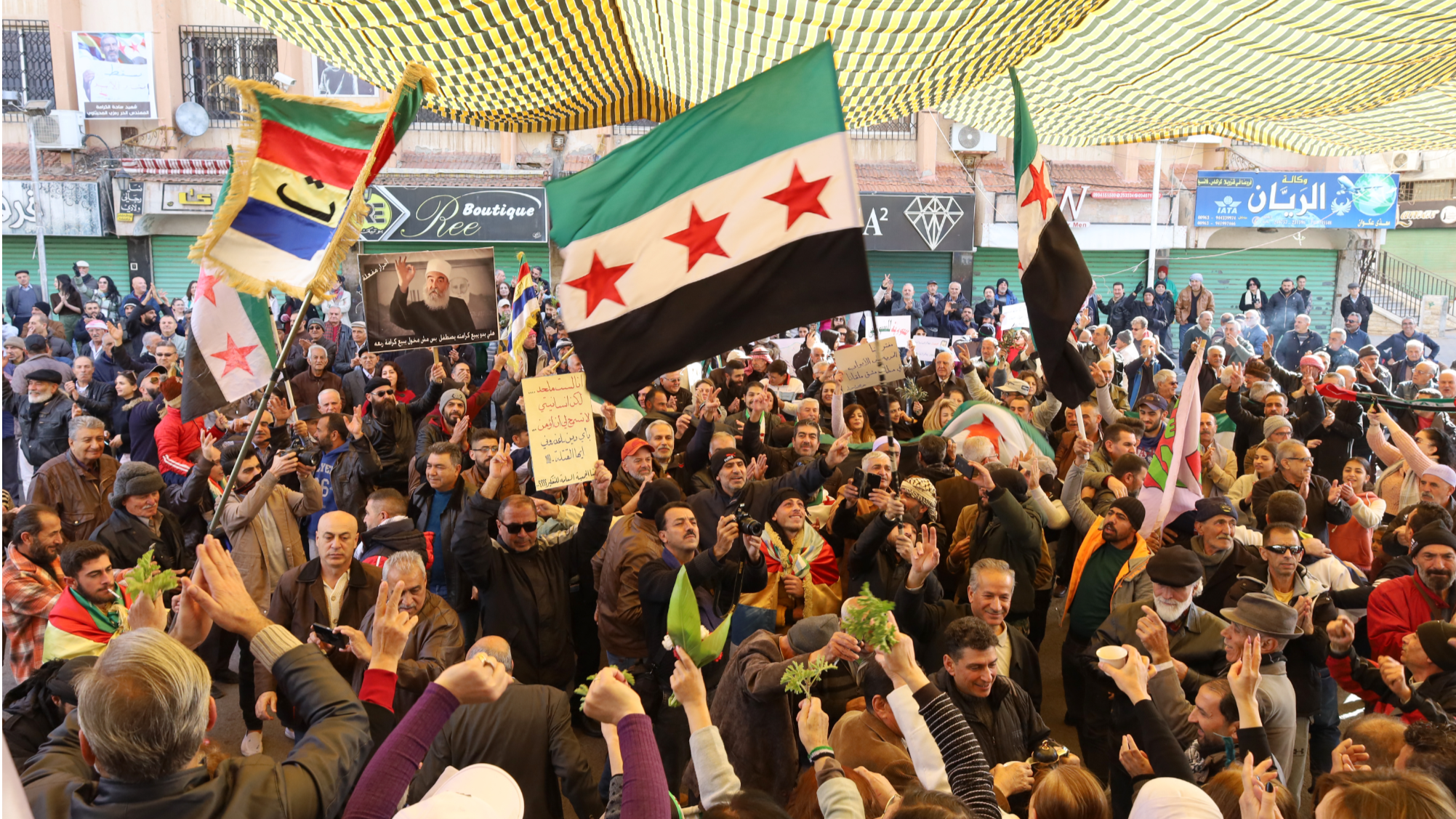
Rebels led by HTS have sought to capitalize on their swift takeovers of Aleppo in the north and Hama in west-central Syria by pressing onwards to Homs, another 40 km (24 miles) south.
A rebel operations room urged Homs residents in an online post to rise up, saying: "Your time has come."
Seizing Homs would cut off Damascus from the coast, a longtime redoubt of Assad's minority Alawite sect and where his Russian allies have a naval base and air base.
Russian bombing overnight destroyed the Rustan bridge along the M5 highway, the main route to Homs, to prevent rebels using it to advance, a Syrian army officer told Reuters.
"There were at least eight strikes on the bridge," he added. Government forces were bringing reinforcements to positions around Homs, he added.
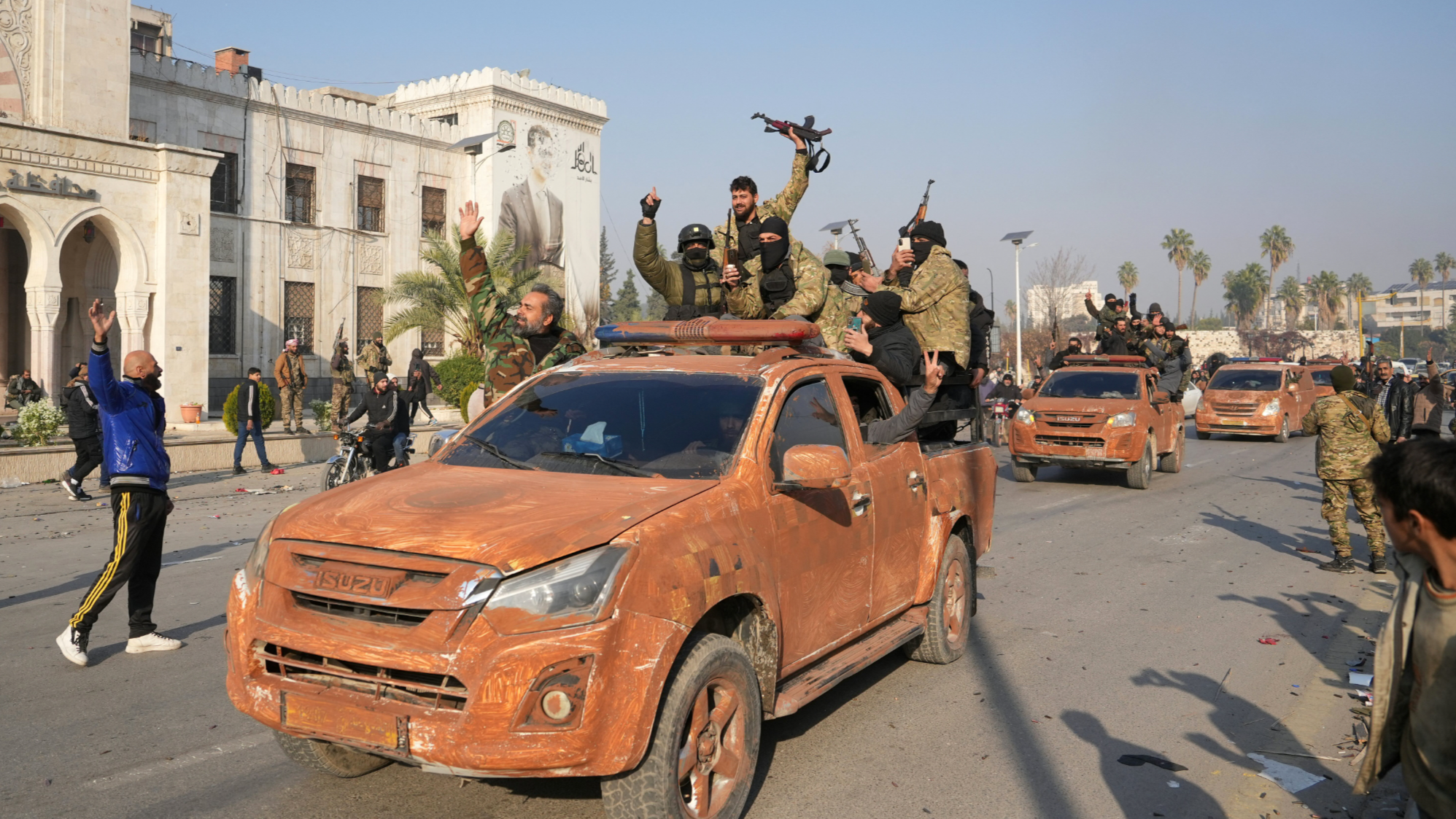
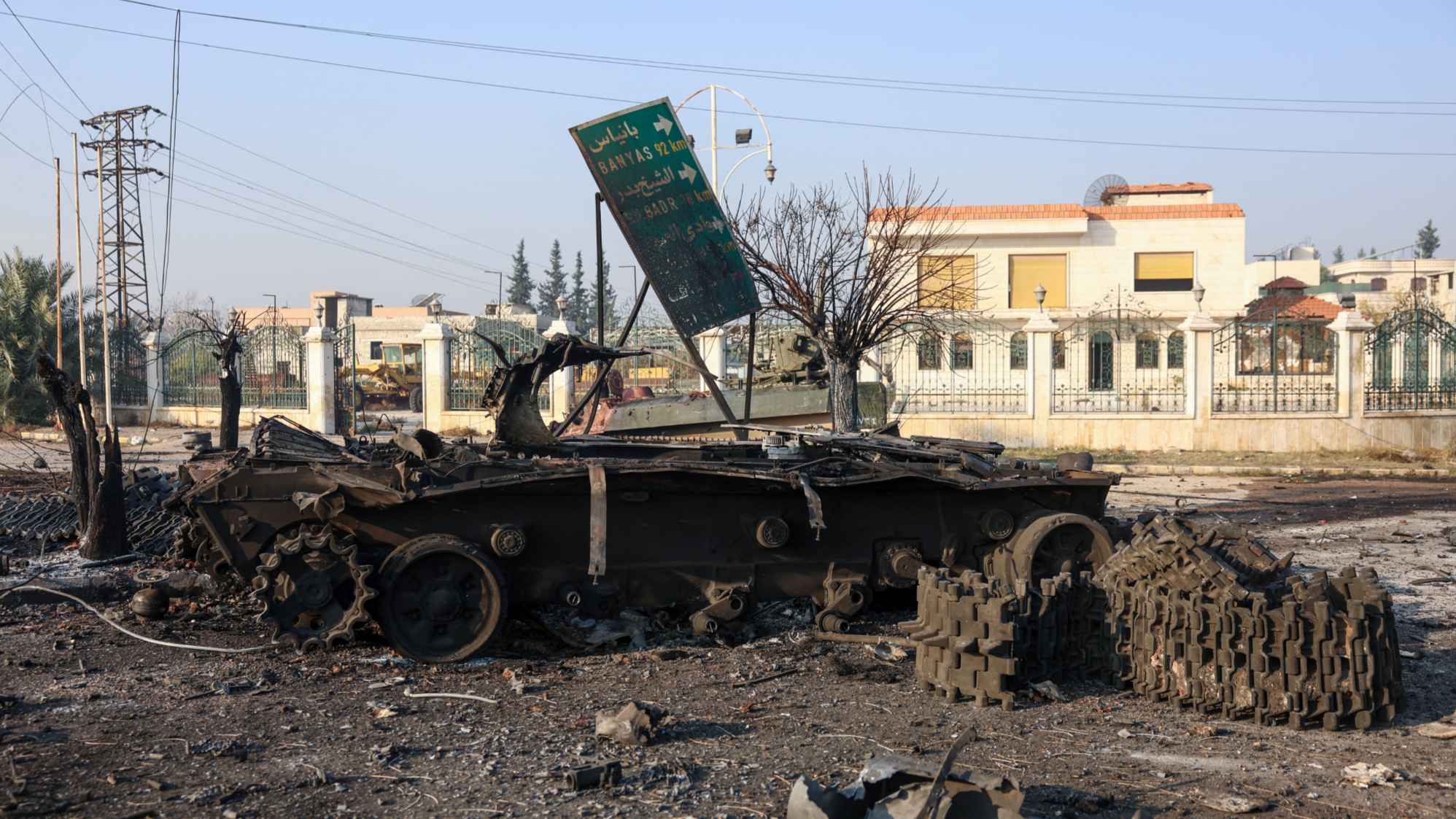
Assad relied heavily on Russian and Iranian military backing during the most intense years of the civil war, helping him to claw back most territory and Syria's largest cities before front lines hardened in 2020.
But Russia has been focused on Ukraine conflict since 2022. And many in the top leadership of Hezbollah, the most powerful Iran-aligned militia force, were killed by Israel over the past two months. Hezbollah's new leader, Naim Qassem, pledged to stand by Syria in a television statement.
Rebel leader speaks
Amid concerns that HTS would seek to impose strict Islamist rule in the new areas it controls, Golani told CNN that his group "may dissolve at any time. It's not an end in itself but a means to perform one important task: Confronting this regime."
Golani said that through its offensive, HTS aims to return Syrian refugees from the civil war who are dispersed across the Middle East and Europe back to their homes.
On Friday morning, Israel bombed two border crossings between Lebanon and Syria, Lebanese transport minister Ali Hamieh said. The Syrian state news agency said the Arida border crossing with Lebanon was out of service due to the attack.
READ MORE: Report: Israeli strike targets humanitarian aid convoy in Syria's Homs
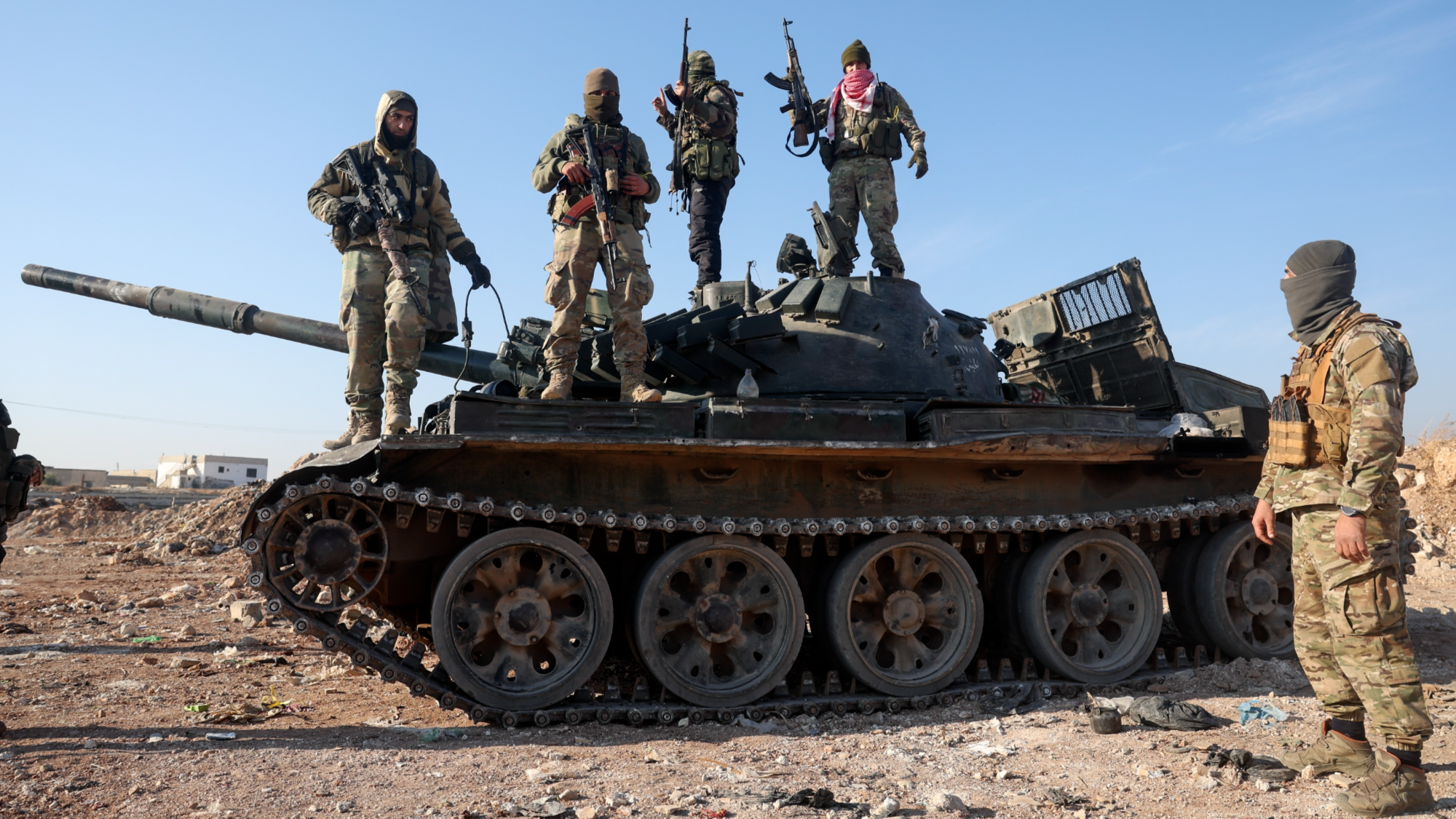
The Israeli military said it had attacked weapons transfer hubs and infrastructure overnight on the Syrian side of the Lebanese border as these routes had been used by Hezbollah to smuggle weapons.
A week after HTS rebels seized Aleppo, Syria's second-largest city is slowly coming back to life, with a night-time curfew lifted, bread returning to bakery shelves, police waving cars through intersections and internet coverage improved.
HTS broke from Al-Qaeda in 2016, says it poses no threat to the West and has spent years trying to moderate its image, presenting itself as a viable alternative to Assad.


